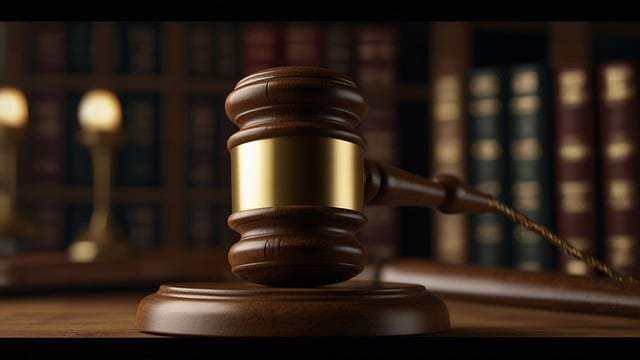DUI Forfeiture Case Challenges have long frustrated legal systems due to interpretations of "constructive possession" and time limits for filing actions, leading to inconsistent court decisions. To address these loopholes, clear and consistent legal guidelines are crucial for fairness. Legal professionals use creative argument strategies, driving legislative reforms through meticulous research and innovative case studies, aiming to prevent excessive asset forfeiture in DUI cases and protect individual rights.
Loopholes closing gaps is a critical aspect of modern legal reform, particularly in the realm of DUI forfeiture. This article provides a comprehensive overview of understanding DUI forfeiture loopholes, delving into their intricacies and the challenges they pose. Through case studies and legal strategies, we explore innovative solutions to bridge these gaps. By examining real-world scenarios, we aim to highlight the complexities of DUI forfeiture cases while offering practical insights for navigating and strengthening legal frameworks.
- Understanding DUI Forfeiture Loopholes: A Comprehensive Overview
- Challenges and Solutions in Closing Gaps: Case Studies and Legal Strategies
Understanding DUI Forfeiture Loopholes: A Comprehensive Overview

DUI forfeiture case challenges have long been a contentious issue in the legal landscape, with various loopholes leaving gaps in the system designed to deter drunk driving. These loopholes often arise from technicalities and ambiguities within the law, allowing individuals accused of DUI (drunk driving under influence) to evade strict penalties, including vehicle forfeiture. Understanding these intricacies is crucial for both legal professionals and the public at large, as it sheds light on why some cases may slip through the cracks or be subject to lengthy legal battles.
One common challenge lies in defining “constructive possession,” a term central to DUI forfeiture laws. Courts have grappled with interpreting this phrase, leading to discrepancies in decisions. Additionally, strict time limits for filing forfeiture actions are often met with debates, as extensions may be requested under certain circumstances, creating potential delays and complicating the process. Legal strategists exploit these complexities, employing creative arguments to challenge forfeiture orders, which underscores the need for clear and consistent legal guidelines to streamline the enforcement of DUI laws.
Challenges and Solutions in Closing Gaps: Case Studies and Legal Strategies

Closing gaps in legal loopholes is a complex task, often involving intricate case studies and innovative legal strategies. One prominent example is the DUI Forfeiture Case, where challenges arise from interpretations of existing laws. The case highlights the need for clarity and consistency in legislation to prevent exploitation of ambiguities.
Legal strategists address these challenges through meticulous research and creative argumentation. They examine precedents, constitutional provisions, and international human rights law to formulate robust defenses. By presenting compelling case studies, they influence legislative reforms, ensuring laws are fair, accessible, and protect individual rights. This approach fosters a more just legal system, closing gaps that once allowed for unfair practices, such as excessive asset forfeiture in DUI cases.
Closing loopholes in DUI forfeiture laws is essential to ensure fair enforcement and public safety. By examining case challenges and implementing innovative legal strategies, jurisdictions can effectively address the gaps that have long benefited from these loopholes. Understanding the intricate details of DUI forfeitures and staying informed about evolving case law are vital steps towards a more equitable system. Through collaborative efforts and a comprehensive approach, it is possible to revolutionize the way these laws are applied, ultimately making our roads safer for all “folks.”






